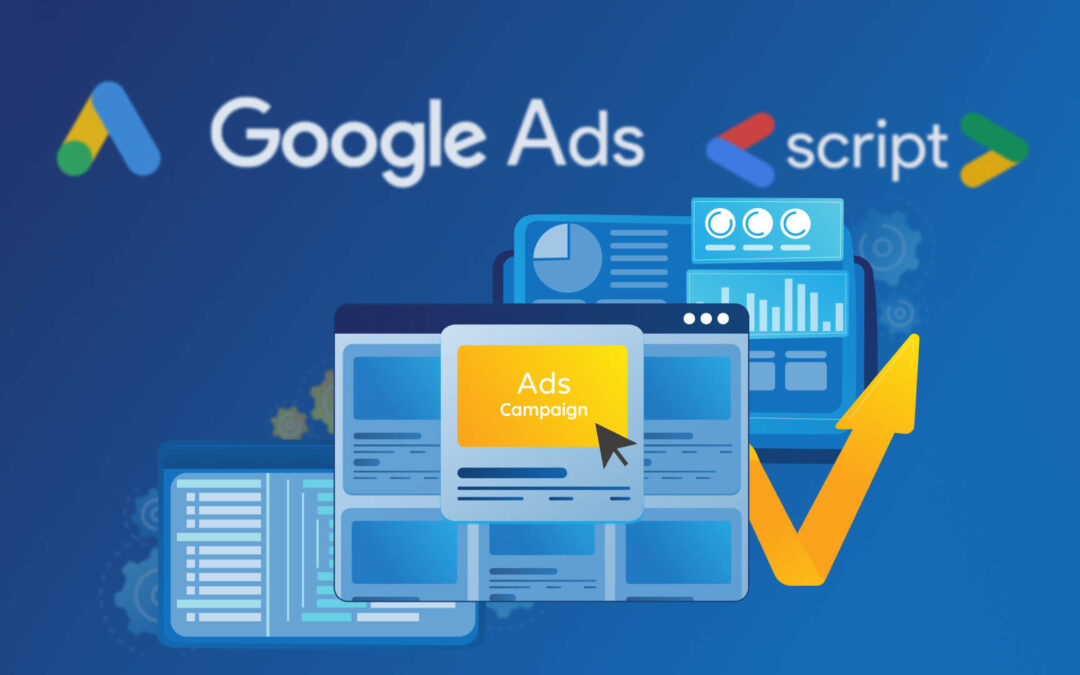If you’re running a garage door company, getting a steady stream of leads is crucial for your success. With more homeowners searching for garage door services online, using Google Ads can be a game-changer. But simply running ads isn’t enough—you need a well-optimized strategy to get the most out of your budget.
Google Ads lets you target potential customers precisely when they need your services. Whether they’re searching for “garage door repair near me” or “new garage door installation,” your ad can appear at the top of search results. This means more visibility, clicks, and leads for your business.
This guide explores how to maximize lead generation through Google Ads, from setting up campaigns to optimizing for higher conversion rates.
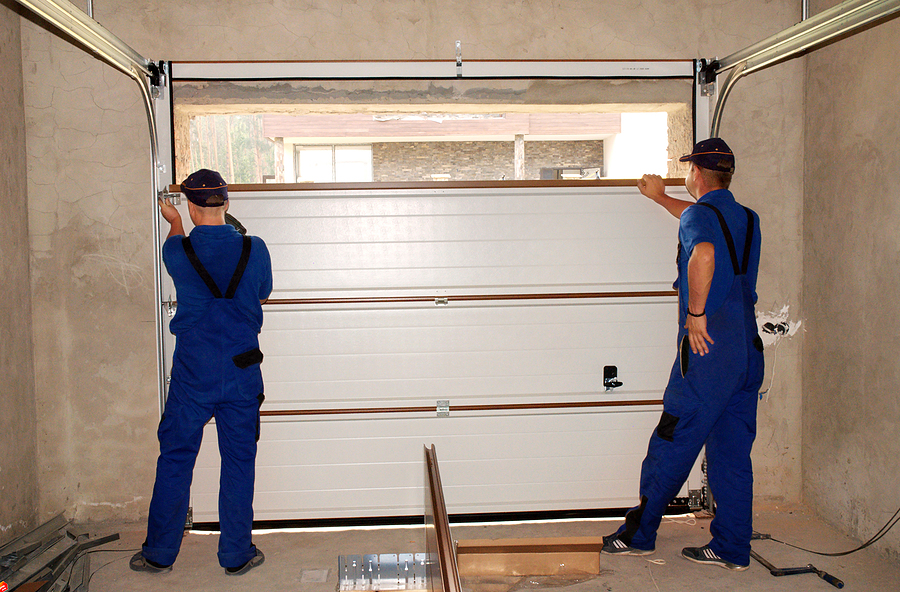
Setting Up Google Ads for Garage Door Companies
1. Choosing the Right Campaign Type
Selecting the correct campaign type is essential when launching a Google Ads campaign. Here are the best options:
- Search Campaigns: These ads appear on Google search results when users look for garage door services.
- Local Services Ads: Designed for local businesses, these ads display your business at the top with a “Google Guaranteed” badge.
- Display Campaigns: These ads appear on websites and apps relevant to home improvement or real estate.
- YouTube Ads: Video ads can showcase your work and increase brand awareness.
Search campaigns and local service ads provide the best ROI for most garage door companies.
2. Keyword Research: Targeting the Right Searches
Start your strategy with in-depth keyword research to find the terms potential customers use when searching for garage door repair and installation services. Prioritize relevant keywords like “garage door repair near me,” “garage door installation services,” and “emergency garage door repair.” Use Google’s Keyword Planner to explore keyword opportunities, analyze competition, and estimate search volume.
Selecting the right keywords ensures your ads reach potential customers. Focus on:
- High-Intent Keywords: (e.g., “garage door repair near me,” “garage door opener installation,” “emergency garage door service”)
- Service-Specific Keywords: (e.g., “overhead door installation,” “garage door spring replacement”)
- Brand Keywords: If you’re a recognized brand, bidding on your name can protect your traffic from competitors.
Use keyword research tools like Google Keyword Planner to find keywords with high search volume and moderate competition.
3. Setting Up Ad Groups for Better Targeting
Organizing your ad campaigns into well-structured ad groups improves targeting and ad relevance. For example:
- Garage Door Repairs (Keywords: “garage door repair near me,” “garage door spring replacement”)
- New Garage Doors (Keywords: “garage door installation,” “buy new garage door”)
- Garage Door Openers (Keywords: “garage door opener repair,” “smart garage door opener installation”)
Each ad group should have targeted ads and landing pages that match the user’s search intent.
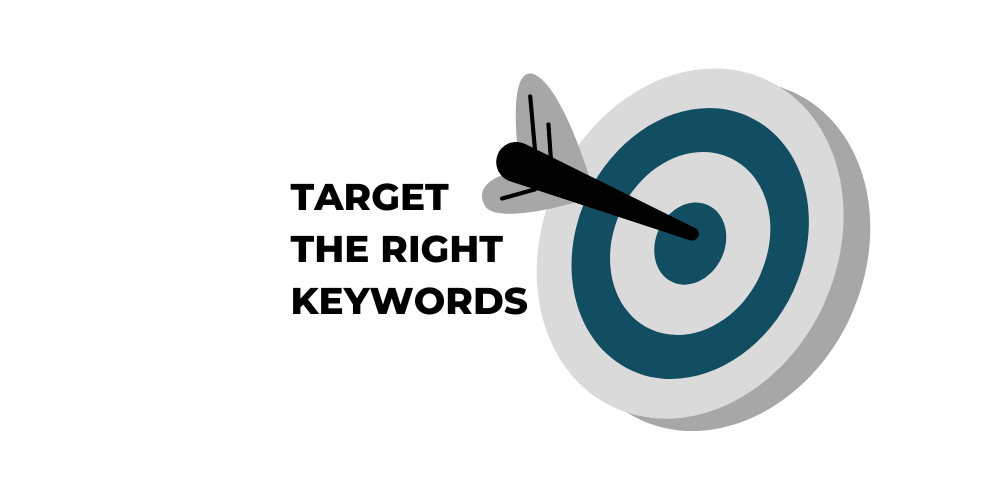
Creating High-Converting Google Ads
4. Writing Effective Ad Copy
Your ad copy should be clear, engaging, and action-driven. Follow this structure:
- Headline 1: Mention the leading service (e.g., “Fast Garage Door Repairs”)
- Headline 2: Include a unique value proposition (e.g., “24/7 Service | Licensed & Insured”)
- Description: Highlight benefits, urgency, and CTA (e.g., “Same-Day Service. Call Now for a Free Quote!”)
Use numbers, power words, and a strong CTA to improve click-through rates (CTR).
5. Utilizing Ad Extensions
Ad extensions enhance your ad visibility and increase engagement. Use:
- Call Extensions: Allow users to call directly from the ad.
- Location Extensions: Display your business address and Google Maps listing.
- Sitelink Extensions: Link to important pages (e.g., “Our Services,” “Contact Us”).
- Callout Extensions: Highlight key benefits (e.g., “Lifetime Warranty,” “0% Financing Available”).
6. Geotargeting for Local Leads
If your business serves a specific area, geotargeting ensures your ads appear to the right audience. Set location targeting to:
- Focus on service areas where you operate.
- Exclude locations where you don’t provide services to avoid wasted ad spend.
- Use radius targeting to show ads to users within a set distance from your business.

Optimizing Google Ads for Maximum Leads
7. Landing Page Optimization for Conversions
Make sure your ads direct users to well-optimized landing pages that offer a smooth and efficient user experience, helping to boost conversions. Create landing pages that align with the ad’s content, are user-friendly, and fully mobile-optimized. Incorporate prominent calls-to-action, easy-to-fill contact forms, and essential details about your garage door repair and installation services to motivate users to take the next step.
Your ad clicks must lead to a high-quality landing page that converts visitors into leads. Ensure:
- Clear and Concise Messaging: Users should immediately understand your service.
- Mobile Optimization: Since most searches happen on mobile, your page must load quickly.
- Strong Call-to-Action (CTA): Use the “Call Now” or “Get a Free Quote” buttons.
- Trust Signals: Display reviews, testimonials, and certifications.
8. Bid Strategies for Cost Efficiency
To get the best ROI, choose the right bidding strategy:
- Manual CPC: Gives complete control over bids but requires regular monitoring.
- Enhanced CPC: Adjusts bids automatically to maximize conversions.
- Maximize Clicks: This is ideal if your goal is to drive more traffic.
- Target CPA (Cost Per Acquisition): Ensures you pay a set amount per lead.
Monitoring and adjusting bids based on performance data is crucial.
9. A/B Testing for Continuous Improvement
To continually enhance the performance of your campaigns, A/B testing is essential. By experimenting with different elements, you can identify what resonates best with your audience and drive higher conversion rates:
- Ad Copy Variations: Testing different headlines, descriptions, and calls-to-action (CTAs) allows you to discover which messaging most effectively engages your audience.
- Landing Pages: Experiment with different layouts, colors, and content positioning on your landing pages. Testing various messaging will help you determine which version leads to higher conversion rates.
- Keyword Match Types: Broad, phrase, and exact match keywords can each affect lead quality and intent differently. By testing them, you can better refine your keyword strategy and focus on terms that are more likely to generate qualified leads.
- Ad Extensions: Test different types of ad extensions such as callout extensions, site link extensions, and structured snippets to see how they impact click-through rates (CTR) and user engagement.
- Targeting Options: Test different audience targeting strategies, such as demographic, geographic, and device-specific targeting, to understand how these variables impact your campaign’s performance.
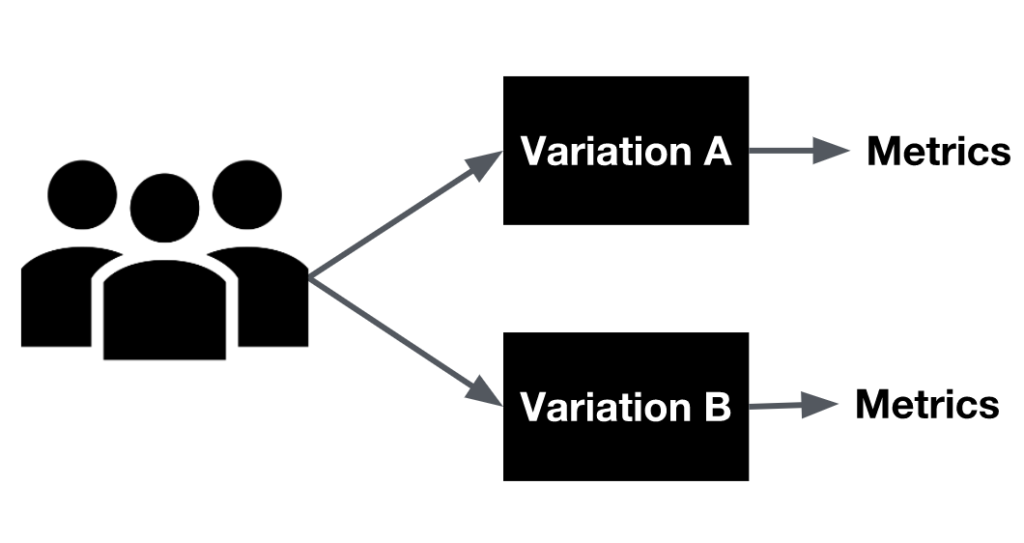
10. Competitor Analysis for Better Performance
Staying ahead of the competition requires a thorough understanding of their strategies. Analyzing competitors’ ads can provide valuable insights to help you refine your own campaigns and stand out in the marketplace:
- Google Ads Auction Insights: This tool allows you to see who else is bidding on similar keywords and how your performance compares. Understanding your position relative to competitors can help you adjust your bids and budget accordingly.
- SEMrush or SpyFu: These tools offer detailed competitor analysis, showing you which keywords your competitors are targeting, the ad copy they use, and the landing pages they drive traffic to. This allows you to spot opportunities or gaps in your own strategy.
- Google Search: Conduct manual searches of your target keywords and review competitors’ ads and landing pages. Pay attention to their messaging, design, and value propositions. By identifying strengths and weaknesses in their approach, you can create a more compelling campaign.
- Social Media Monitoring: Use social media platforms to observe how competitors engage with their audience. Monitor the types of content they post, user interactions, and their responses to customer feedback. This can help you adjust your tone and strategy on social media ads.
11. Negative Keywords to Reduce Wasted Spend
Effectively managing negative keywords is crucial for reducing irrelevant traffic and minimizing wasted ad spend. By preventing your ads from appearing for certain search terms, you can focus your budget on more qualified leads. Here are a few key categories to target:
- DIY Searches: If you don’t offer a DIY solution, avoid showing your ads for searches like “how to fix garage door” or “garage door repair tutorial.” Negative keywords such as “DIY” or “how-to” will ensure you don’t attract users seeking free advice.
- Job Seekers: If you’re not hiring, exclude terms like “garage door technician jobs,” “employment opportunities,” or “career” to avoid attracting job-seekers rather than potential customers.
- Irrelevant Searches: If your company specializes in high-end or premium garage door models, you might want to exclude terms like “cheap garage doors” or “budget garage door repairs.” This ensures your ads target customers looking for services that match your offerings.
- Brand and Competitor Terms: If you don’t want your ads competing directly with other brands or taking traffic from searches related to competitor names, include those competitor brand names as negative keywords.
- Non-Commercial Intent Keywords: Avoid wasting money on users searching for information rather than services, such as “garage door history” or “garage door facts,” which are more informational than transactional.
Adding negative keywords saves budget and improves ad performance.

Tracking and Measuring Success
12. Using Google Analytics and Conversion Tracking
Tracking and analyzing performance is crucial for optimizing your campaigns and driving better results. Implementing the right tracking tools will provide valuable insights into what’s working and where you can improve. Set up the following:
- Google Ads Conversion Tracking: This is essential for monitoring specific actions that indicate a successful outcome, such as phone calls, form submissions, and appointment bookings. Tracking these conversions allows you to directly measure how well your ads are driving tangible business results.
- Google Analytics: Utilize Google Analytics to monitor user behavior on your landing pages. This tool can show you how visitors interact with your content, how long they stay on your page, and where they drop off. These insights help in identifying areas for optimization, such as reducing bounce rates or improving the user experience.
- Call Tracking Software: Since many garage door repair and installation services generate phone leads, call tracking software is key. This software can track calls originating from your Google Ads, providing data on call durations, conversions, and the effectiveness of phone leads. It allows you to assess the quality of leads, which is vital for refining your ad targeting and messaging.
13. Key Metrics to Monitor
To effectively measure the success of your campaigns, it’s important to keep a close eye on key performance indicators (KPIs) that offer insights into both your ad’s performance and overall campaign effectiveness. Here are the essential metrics you should be monitoring:
- Click-Through Rate (CTR): A high CTR means your ad copy is compelling and relevant to your target audience. It’s a sign that your messaging resonates with viewers, encouraging them to click. A low CTR may indicate that your ads aren’t capturing attention or that your targeting needs adjustment.
- Conversion Rate: This metric is crucial for understanding how many clicks on your ads are turning into leads, whether it’s phone calls, form submissions, or bookings. A high conversion rate shows that your landing page and offers are compelling enough to encourage users to take the next step in their journey. A low conversion rate, however, suggests room for improvement in your landing page experience or the offer itself.
- Cost Per Lead (CPL): This measures the cost of acquiring a new lead. By tracking CPL, you can optimize your spending and ensure that you’re getting the most value from your budget. If your CPL is too high, it could indicate inefficiencies in your ad targeting or the need for better landing page optimization.
- Quality Score: This Google Ads metric evaluates the relevance of your ads, keywords, and landing pages. A high Quality Score can result in lower costs per click (CPC) and better ad placements. To improve your Quality Score, ensure that your ad copy aligns with your target keywords and that your landing page provides a seamless experience with fast load times, relevant content, and easy navigation.
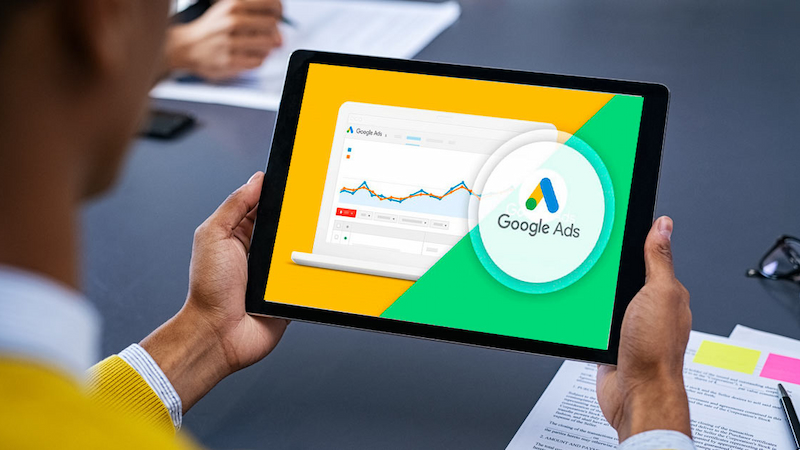
14. Analyzing User Behavior and Making Adjustments
It’s important to regularly review and analyze how users are interacting with your landing pages. Metrics like bounce rate, average session duration, and pages per session can provide deeper insights into user engagement and identify potential areas for improvement.
- Bounce Rate: A high bounce rate indicates that visitors are leaving your landing page without engaging with your content. This could mean that your page isn’t delivering the information they expected, or it may not be optimized for mobile use. Review your landing page’s load time, content quality, and user experience to address this issue.
- Average Session Duration: A longer session duration typically means that users are engaging with your content and exploring your offerings. If the duration is low, this could point to a need for more engaging or clearer information on your landing page.
- Pages per Session: Monitoring how many pages visitors are browsing during their session helps you understand whether your site encourages deeper exploration. If users are only visiting one page, you may need to revise your content or provide additional internal links to keep them engaged.
15. A/B Testing and Optimization for google ads
Constant optimization is a key factor in maximizing the success of your campaigns. A/B testing allows you to test different versions of your ads, landing pages, and calls-to-action (CTAs) to determine what resonates best with your audience. By testing one variable at a time, you can make data-driven decisions to improve your CTR and conversion rates.
- Test Different Ad Copy: Try different headlines, value propositions, or CTA wording to see which version drives more engagement.
- Landing Page Variations: Experiment with different layouts, colors, and offers to identify the most effective design for your target audience. You can also test different images, testimonials, or even the placement of contact forms to improve conversions.
FAQs
Q: How much should I budget for Google Ads?
A: Start with at least $500–$1000 monthly, then scale based on performance.
Q: How long does it take to see results?
A: You may start seeing leads within days, but optimal performance takes 2-4 weeks of optimization.
Q: Can I run Google Ads myself, or need an expert?
A: You can set up essential campaigns yourself, but hiring a PPC expert ensures better ROI and fewer wasted clicks.
Conclusion: Mastering Google Ads for Garage Door Leads
Boosting leads with Google Ads for garage door companies requires the right blend of strategy, optimization, and continuous testing. By carefully selecting the right keywords, crafting persuasive ad copy, and optimizing landing pages, you can effectively convert clicks into high-quality leads.
However, it’s important to remember that digital marketing is a dynamic and ongoing process. Regularly tracking performance, adjusting bids, refining your targeting, and testing different ad variations are essential to staying competitive and improving your results. Don’t hesitate to A/B test your headlines, CTAs, and landing page elements to see what resonates best with your audience.
Moreover, keeping a close eye on industry trends and changes in consumer behavior will allow you to anticipate shifts in the market and adjust your strategies accordingly. Google Ads is a tool that thrives on innovation and adaptability, so it’s crucial to stay flexible and optimize for emerging opportunities.
Investing in Google Ads for garage door services can significantly impact your visibility and lead generation efforts, but it requires consistent effort. With the right approach and a focus on continuous optimization, Google Ads can become your most powerful tool for expanding your business, driving more qualified leads, and ultimately increasing revenue. Keep testing, analyzing, and refining your campaigns to ensure you’re getting the maximum return on your investment and positioning your business for long-term success.

